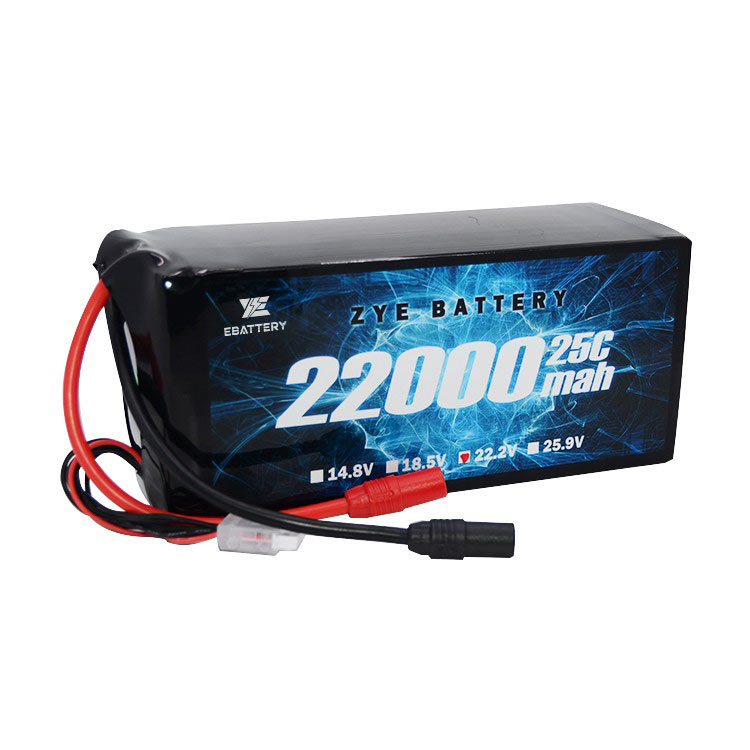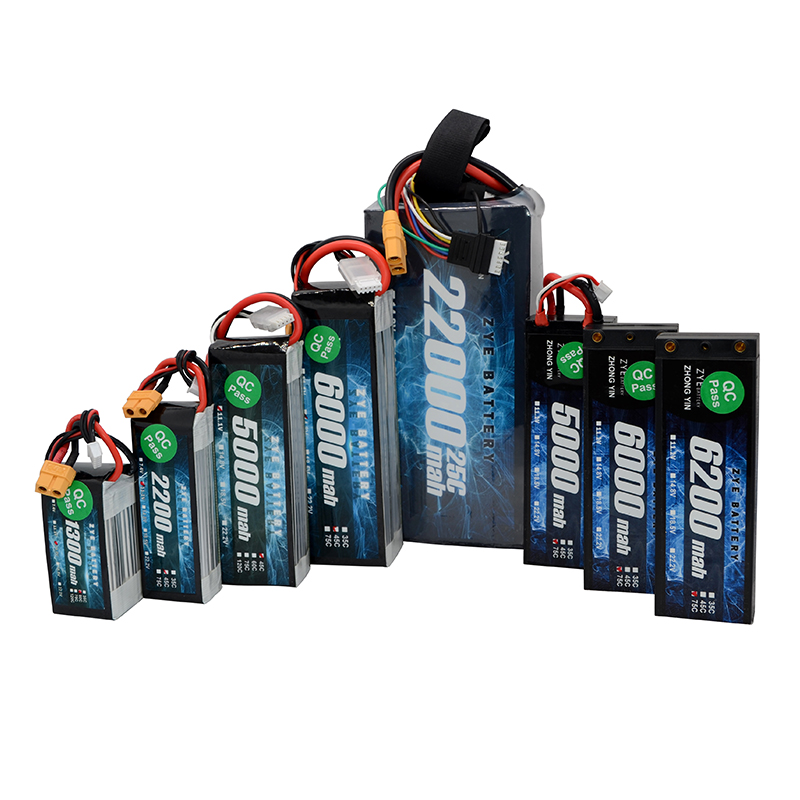How do semi-solid electrolytes and batteries improve battery safety?
2025-09-17
Semi-Solid Electrolytes: The Innovative Solution Building a “Safety Barrier” for Drone Lithium Batteries As drones find widespread application in agriculture, surveying, emergency response, and other fields, battery safety incidents have become the industry's most critical bottleneck.
Semi-solid state batteries are now reshaping the safety logic of drone power systems through material innovation.

From “Liquid Hazards” to “Solid Protection”: The Safety Revolution in Electrolytes
Traditional drone lithium batteries contain over 80% highly flammable organic electrolyte. When drones encounter collisions, punctures, or high-temperature environments, the liquid electrolyte easily leaks and causes short circuits. Semi-solid electrolytes address this persistent issue at its root through material innovation that “reduces liquid and increases solid content.”
Another major safety hazard in lithium-ion batteries stems from lithium dendrites—needle-like crystals that grow on the negative electrode during charging. In traditional liquid batteries, these dendrites can pierce the separator like steel needles, causing internal short circuits. The high mechanical strength of semi-solid electrolytes effectively curbs this issue.
Addressing Extreme Operating Conditions for Drones
Semi-solid electrolytes enhance battery safety in complex environments through a three-dimensional protection system: “extreme resistance, impact tolerance, and self-protection.” They demonstrate significant advantages in temperature adaptability, maintaining 85% capacity retention at -30°C.
For drones' high-frequency vibration operations, the structural stability of semi-solid electrolytes plays a critical role. Some semi-solid batteries passed 1000Hz high-frequency vibration testing, reducing electrode contact failure rates by 90% in sustained turbulent environments. This feature is particularly vital for logistics drones; after adopting semi-solid batteries, logistics companies saw a 75% reduction in mid-flight power failures caused by vibration.
Flame resistance in semi-solid batteries
One of the most impressive safety features of semi solid state batteries is their enhanced flame resistance. This crucial property stems from the unique characteristics of semi-solid electrolytes:
1. Reduced flammability: Unlike liquid electrolytes, which are often highly flammable, semi-solid electrolytes have a significantly lower flammability index.
2. Suppression of dendrite growth: Semi-solid electrolytes help prevent the formation of lithium dendrites – tiny, needle-like structures that can grow and cause short circuits in batteries.
3. Thermal stability: The semi-solid nature of these electrolytes provides better thermal stability, resisting decomposition at high temperatures.
The flame resistance of semi-solid batteries is not just a theoretical benefit – it has been demonstrated in various safety tests. When subjected to extreme conditions that would cause traditional lithium-ion batteries to ignite or explode, semi-solid batteries have shown remarkable resilience.
Balancing Safety and Performance
Semi-solid batteries achieve a win-win for safety and performance through sophisticated material ratios, not merely by increasing solid components. The simultaneous enhancement of energy density and safety represents the greatest breakthrough. Through synergistic innovation with high-nickel cathodes and silicon-carbon anodes, semi-solid batteries elevate safety while pushing energy density to new heights.
Additionally, cost control is pivotal for commercialization. Semi-solid batteries achieve economic breakthroughs by integrating with existing production lines. Combined with intelligent safety management systems, they better balance safety and performance, accelerating commercial adoption.
Conclusion:
As the low-altitude economy rapidly expands, semi-solid batteries not only safeguard every flight but also push the boundaries of drone applications. This exemplifies the boundless possibilities that material innovation brings to the industry.
























































